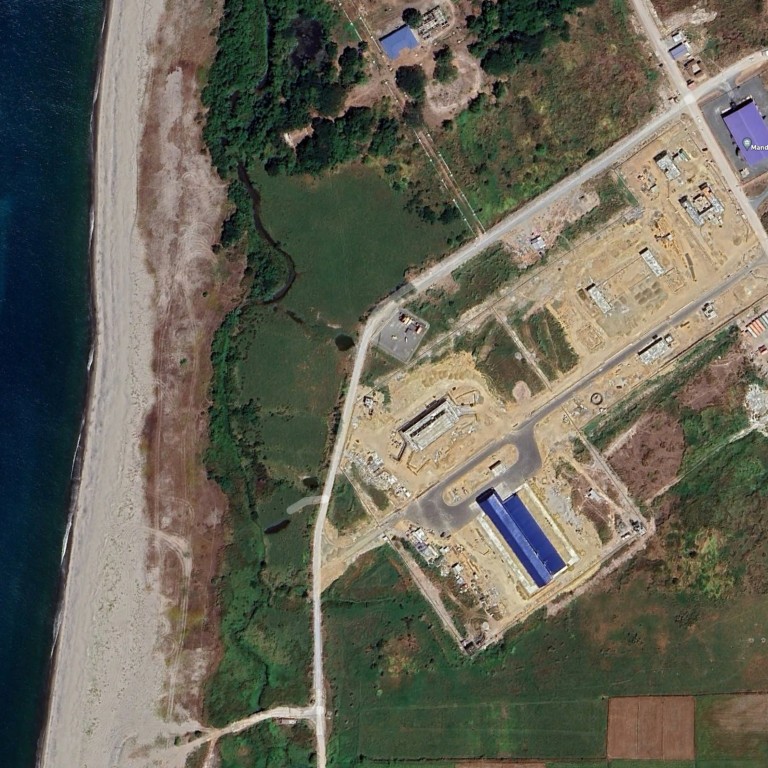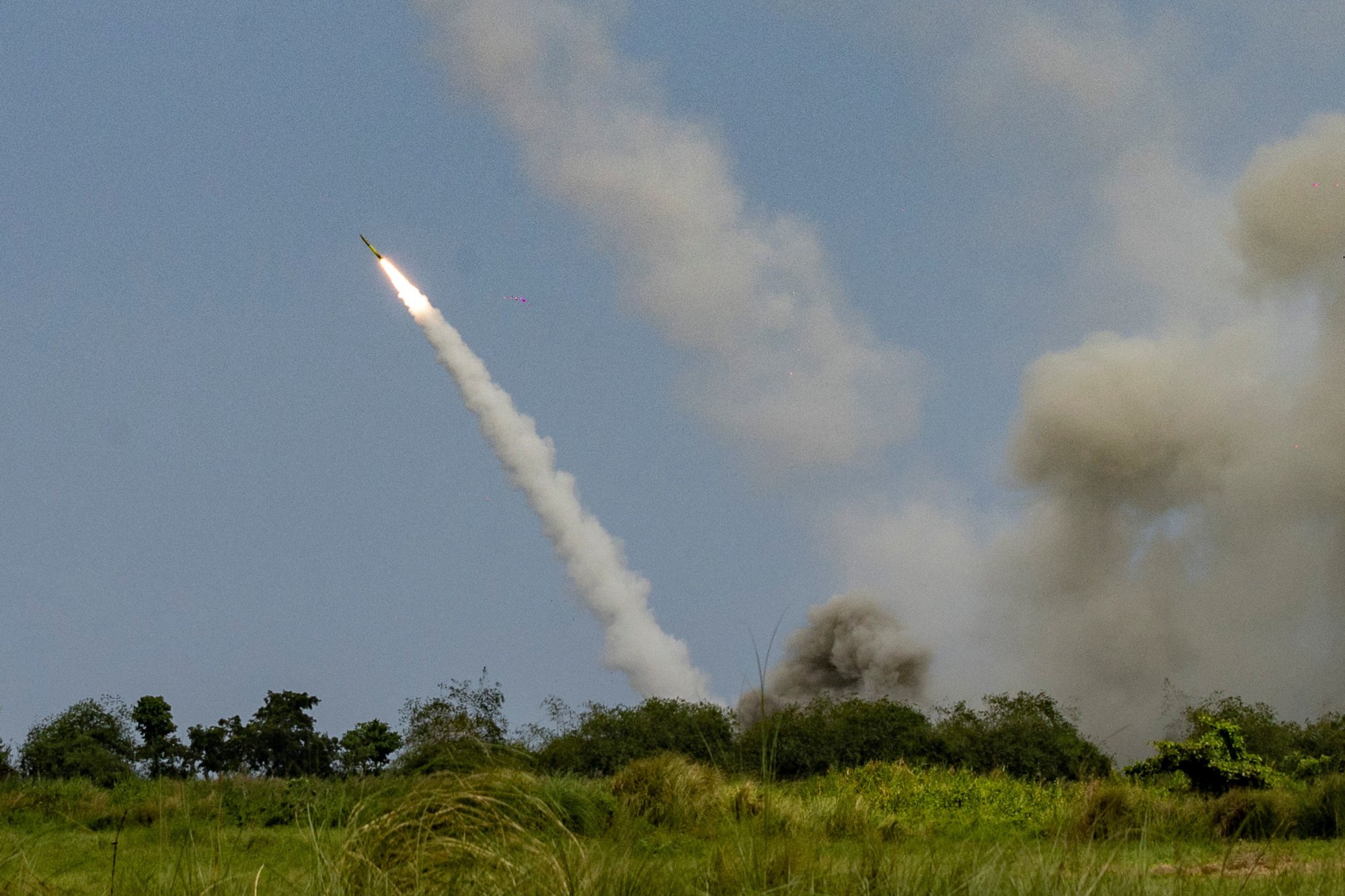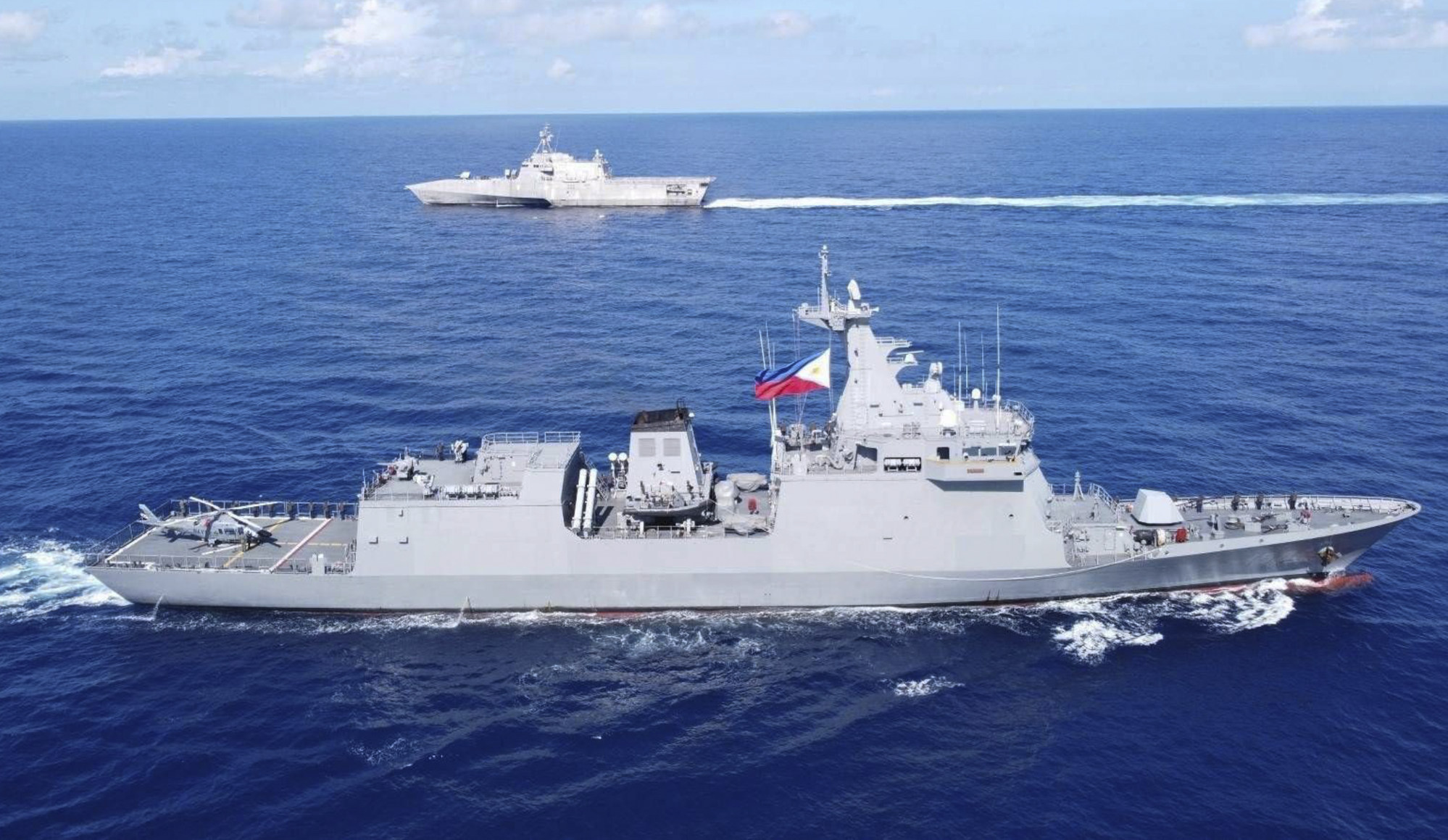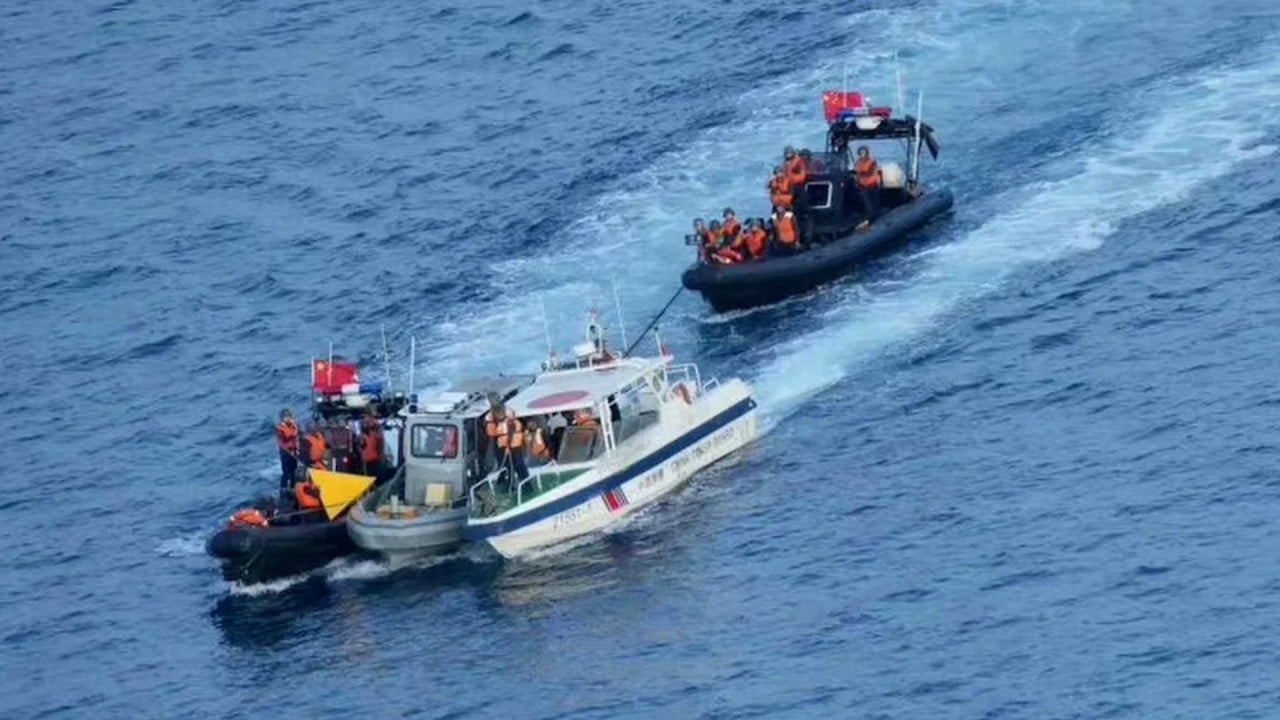
South China Sea: Philippines’ anti-ship missile base puts Scarborough Shoal in cross hairs
- The BrahMos missile battery in western Luzon represents a ‘quantum leap’ for the Philippines in deterring China, analysts say
Satellite imagery shows the Southeast Asian nation’s first Brahmos anti-ship missile base taking shape in Zambales province on the west coast of Luzon island, naval defence news website Naval News reported on June 14.
It said the photographs revealed construction on a plot of land south of the Philippine Merchant Marine Academy that was previously used for amphibious assault and coastal defence training by the country’s armed forces.
Malcolm Davis, a senior defence analyst at the Australian Strategic Policy Institute think tank, said establishing a land-based anti-ship missile capability offers the Philippines a notable deterrence boost against China.

It “represents a significant jump in Manila’s ability to ‘hold at risk’” Chinese naval assets within the Philippines’ exclusive economic zone and “act as a deterrent to further aggression from Beijing”, he said.
“By raising risk and potential cost, Beijing may be dissuaded from undertaking provocations in the future.”
If Manila acquires more BrahMos missiles and US-made High Mobility Artillery Rocket Systems, Davis said the Philippine military could better support efforts to “challenge any attempt by China to dominate the South China Sea in a future crisis”.
The supersonic anti-ship missiles also represent a “quantum leap” in the Philippines’ defence capabilities, according to Collin Koh, a security analyst and senior fellow of the S. Rajaratnam School of International Studies at Singapore’s Nanyang Technological University.
“If placed along the Palawan coast, the BrahMos can place Chinese forces within striking range close to Thitu Island and Second Thomas Shoal,” Koh said, while acknowledging that the Philippines remained vastly outmatched by China’s military superiority, both in terms of quantity and quality.
“The BrahMos are at least able to provide some cause for concern to Beijing’s military planners, and hence generate a modicum of deterrent effect for Manila,” he said.
China still has the upper hand amid escalating regional tensions, but its operational and tactical manoeuvrability will be constrained in areas covered by the BrahMos missiles, Koh said.
The missiles have an operational reach of around 300km, putting Scarborough Shoal within range of their new base at Naval Station Leovigildo Gantioqui in western Luzon. The mobile nature of the BrahMos system also allows batteries to be relocated, Naval News noted.
The BrahMos are at least able to provide some cause for concern to Beijing’s military planners
For the Philippines, the BrahMos missiles are “significant game changers”, according to security strategist Chester Cabalza, president of the International Development and Security Cooperation think tank in Manila.
Spending on the system exceeded any previous outlay by the Philippine military, he said, setting a precedent for other ambitious naval plans, such as future submarine acquisitions.
Cabalza said the BrahMos missiles also signal Manila’s emergence as “a serious regional maritime power”, as they reduce the country’s reliance on and diversify it away from the US for advanced weapons.

However, Don McLain Gill, an international-studies lecturer at De La Salle University in the Philippines, questioned whether the BrahMos purchase alone would deliver robust deterrence against China.
“It will be crucial for the BrahMos to be supplemented by efficient intelligence, surveillance, target-acquisition and reconnaissance, which is critical to track targets and ensure they can be used by command,” he said, warning Manila must invest further to maximise the missiles’ deterrent value.
The Philippine military has been shifting focus from primarily counterinsurgency to building maritime defence capabilities against rival forces – but remains significantly outmatched by China’s much larger naval fleet, notes Timothy Heath, a senior international defence researcher at the Rand Corporation in the US.
“China will not like the [BrahMos] acquisition, but this will not likely change the PLA’s approach much”, he said, referring to China’s military.
“Comparatively speaking, the Philippine military remains overmatched by the much stronger PLA.”
China already has a large fleet of warships armed with similar anti-ship and land-attack missiles. According to a Pentagon report last year, China’s naval strength currently stands at around 370 warships, a figure that’s expected to swell to 435 by 2030.
By contrast, the Philippine navy primarily consists of offshore patrol vessels, with a corvette and two frigates as its only larger ships.


